Having emergency supplies is crucial, but knowing where to hide them can make all the difference. You want to keep them safe and easily accessible in a crisis. Here are 15 of the best places to hide your emergency supplies.
1. Under the Bed

Storing supplies under the bed is a great way to use space that is often overlooked. You can use storage bins to keep things organized and easily accessible. This is a good spot for items like canned food and bottled water. Remember to label the bins for quick identification during an emergency.
2. In the Attic
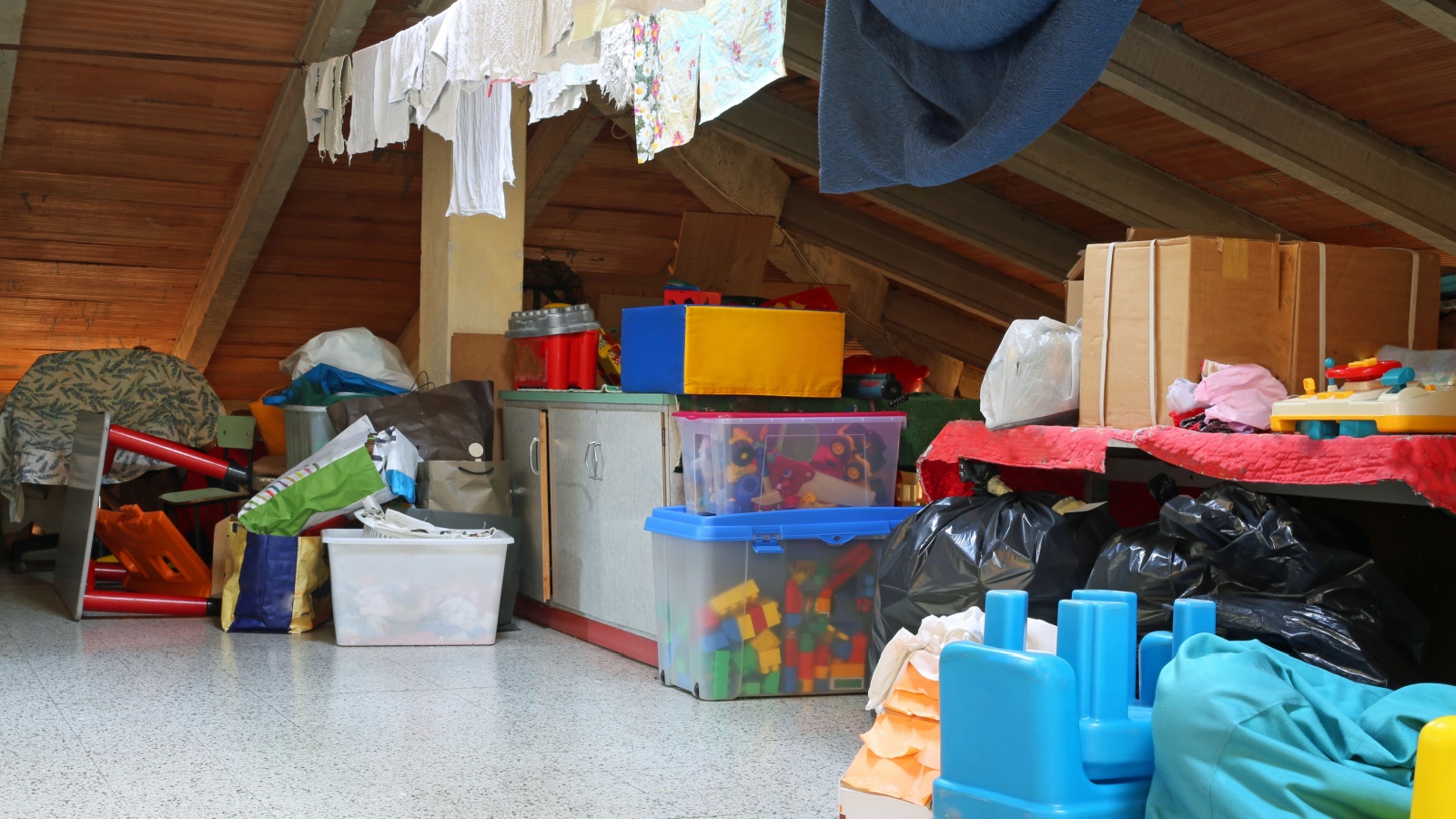
Your attic can be a perfect hiding place for emergency supplies. It’s out of the way, but still accessible when needed. Just make sure your supplies are stored in sturdy containers to protect them from temperature changes and pests. Use airtight containers to prevent moisture damage.
3. Behind False Walls
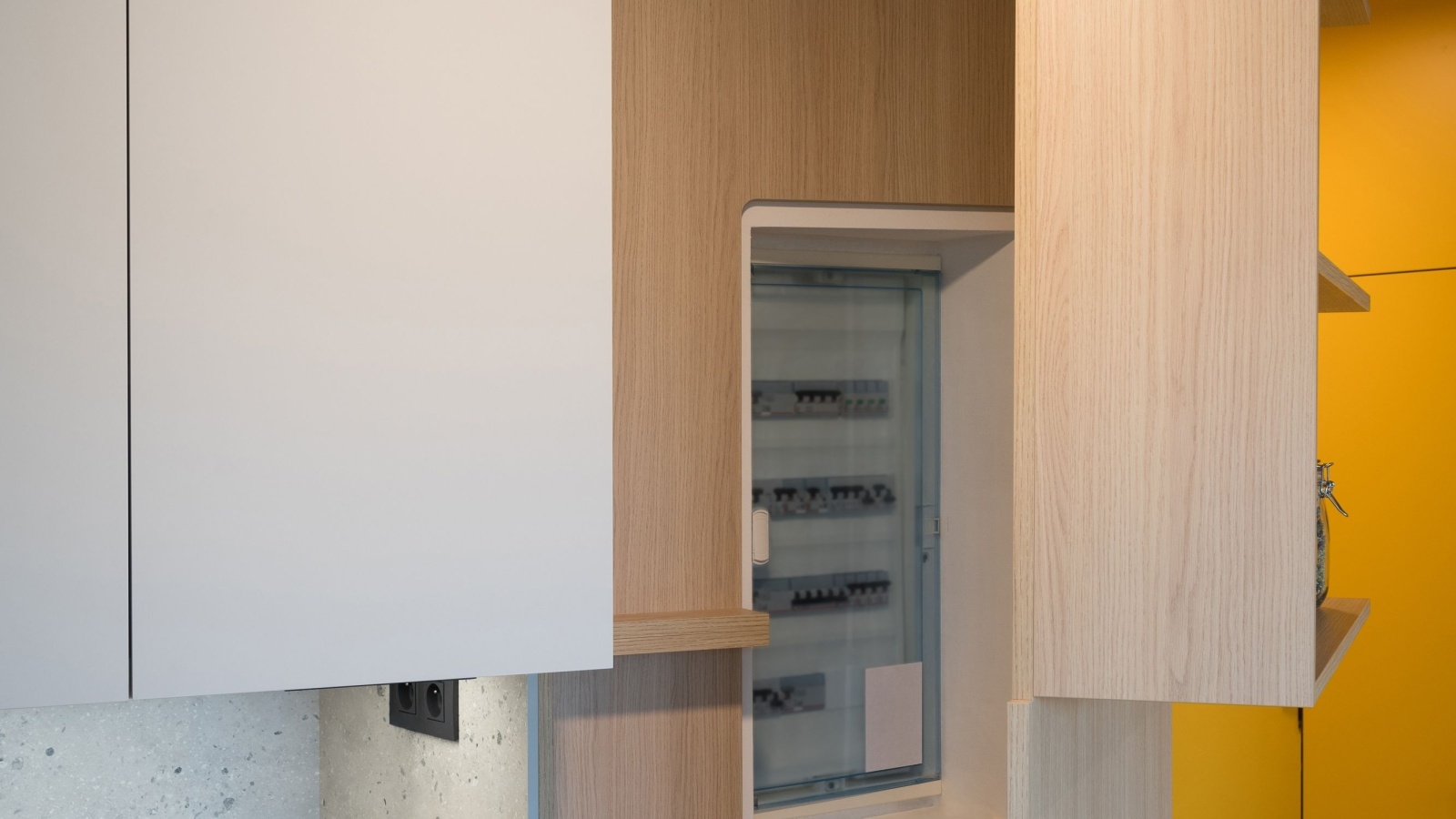
Creating a false wall or a hidden compartment in a closet or basement can keep your supplies out of sight. This method is more secure and can hold a lot of items. Use this space for valuable or sensitive supplies. Install shelves or hooks to maximize the storage space behind the false wall.
4. Inside Furniture
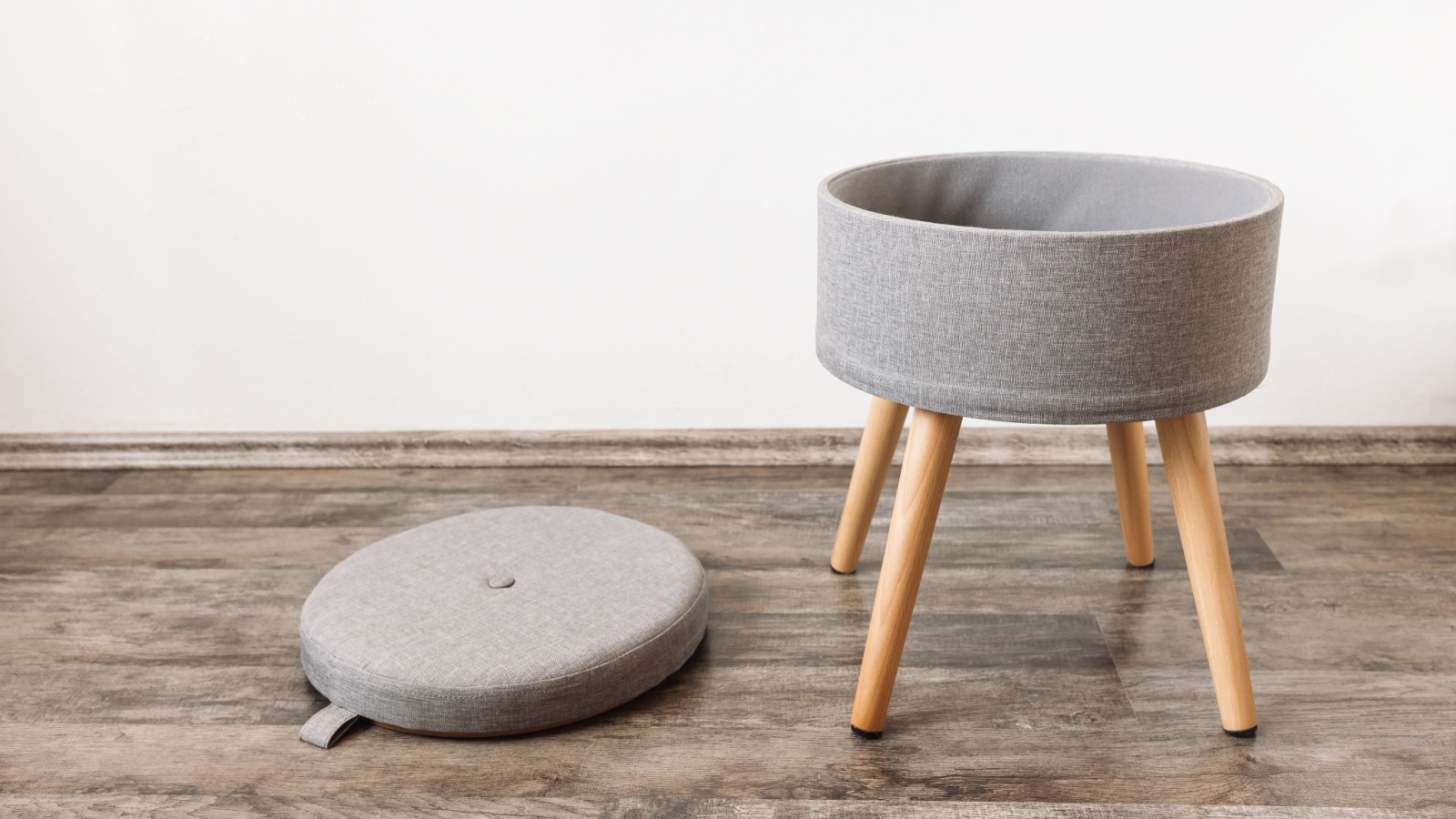
Many pieces of furniture have hidden storage spaces. Ottomans, benches, and even beds with storage drawers can hide emergency supplies. These are great for items you need to access quickly. Ensure the furniture blends well with your home decor to avoid drawing attention.
5. In the Garage
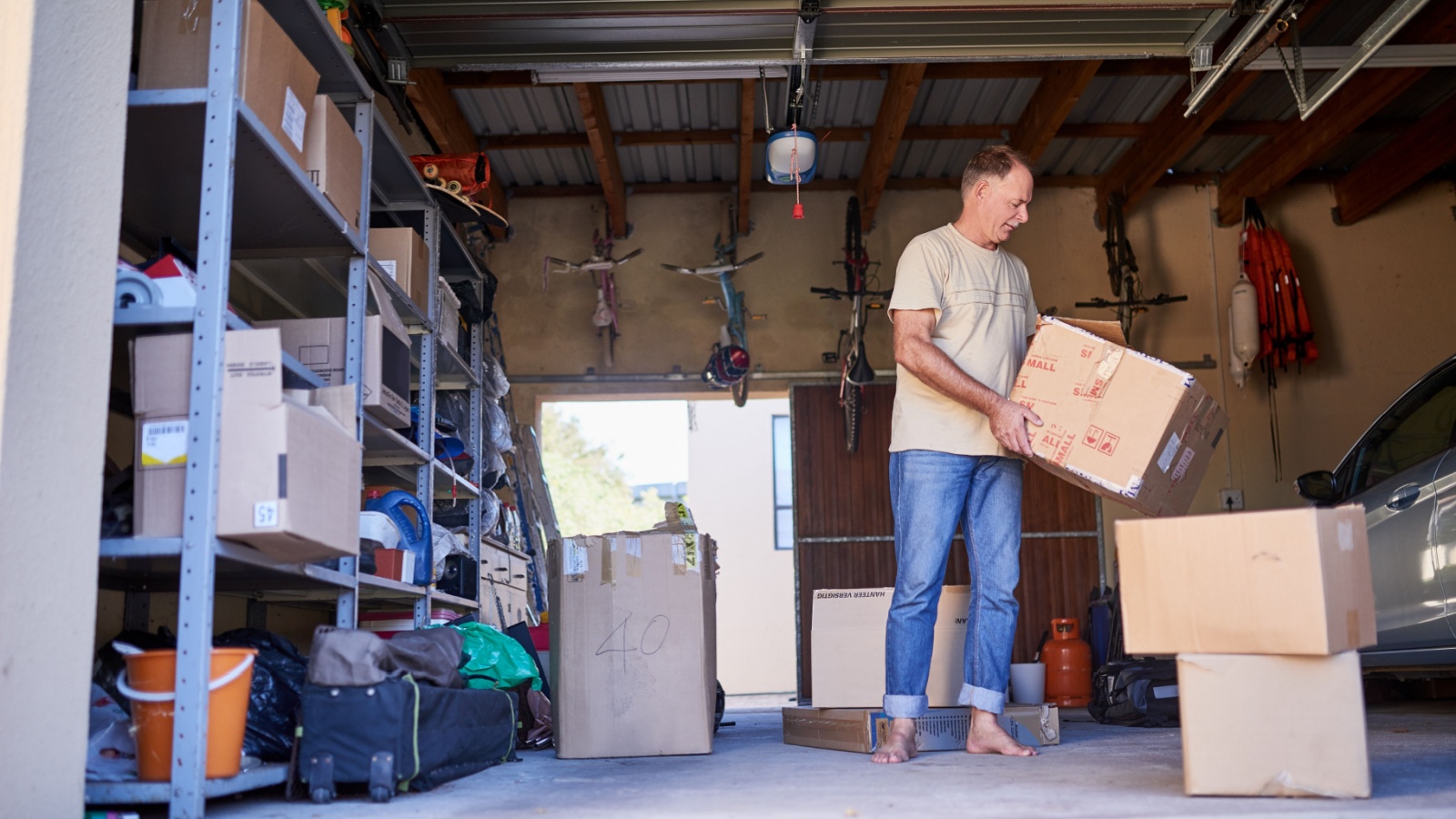
Your garage can store large amounts of supplies, especially bulky items like water barrels or generators. Use shelves and cabinets to keep everything organized and easy to find. Label each shelf or cabinet to make locating items in an emergency faster.
6. In the Basement
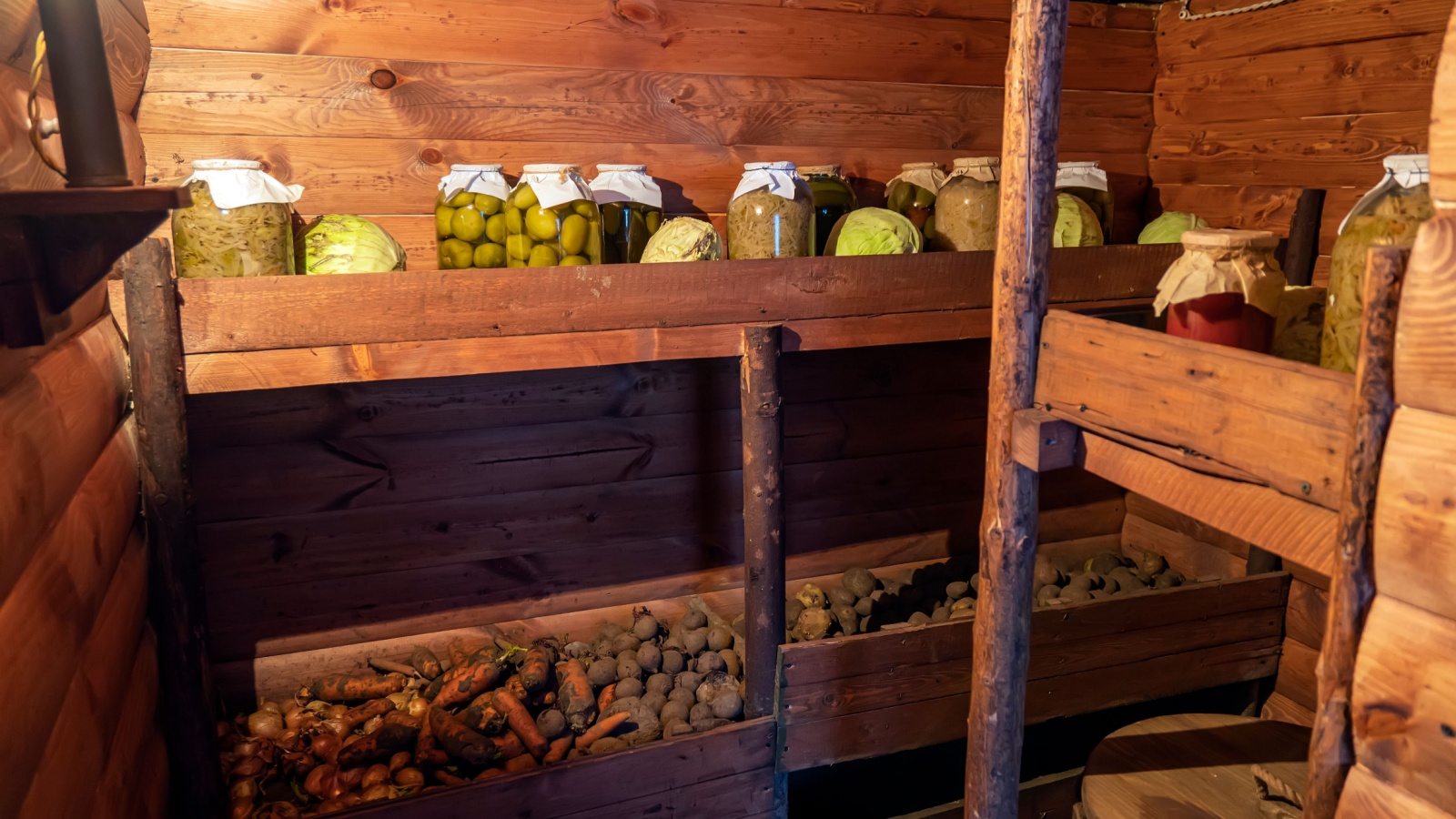
Basements offer lots of space and are typically cool and dry, ideal for storing food and other supplies. Make sure to use waterproof containers in case of flooding. Regularly check for leaks or moisture to keep supplies in good condition.
7. Inside False Books
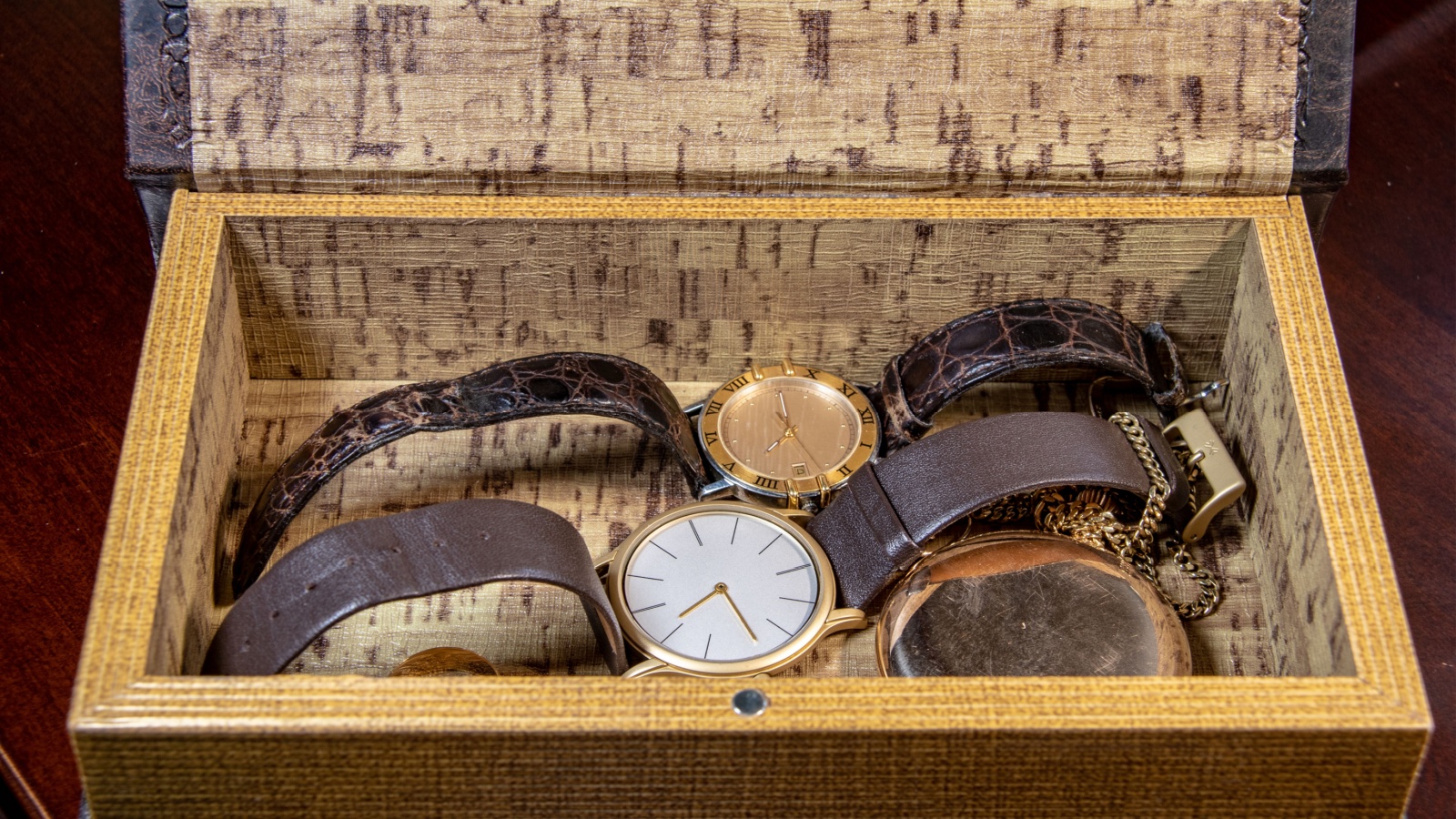
Hollowed-out books or book safes can hide smaller items like money, documents, or medications. Place these books on a shelf among other real books to keep them discreet. Choose books that blend in with your collection to avoid suspicion.
8. Behind a Large Appliance
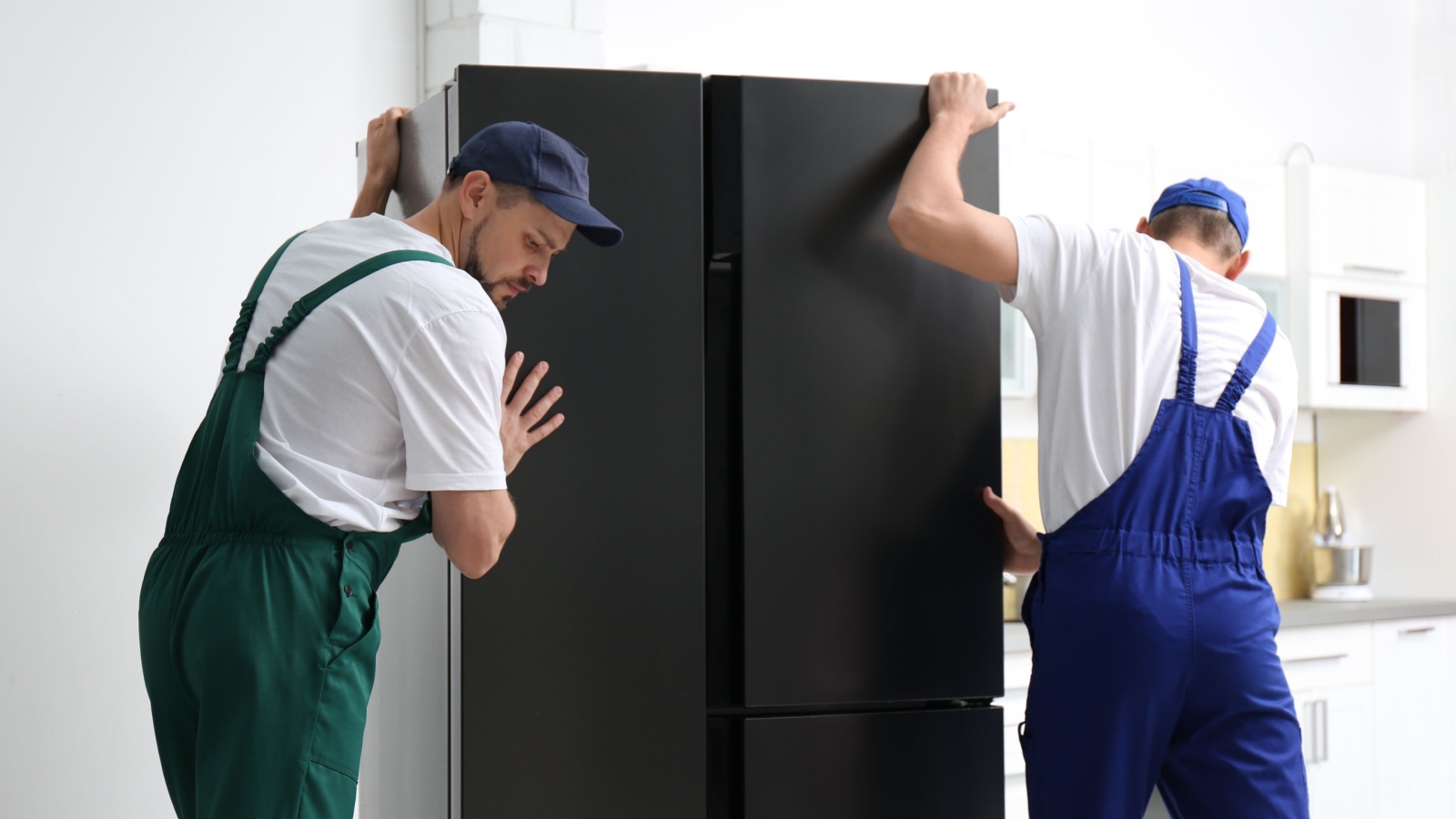
Large appliances like refrigerators or washing machines can hide supplies behind them. This spot is often overlooked and can store smaller items or emergency kits. Ensure items are in easy-to-move containers for quick access if needed.
9. In the Floor
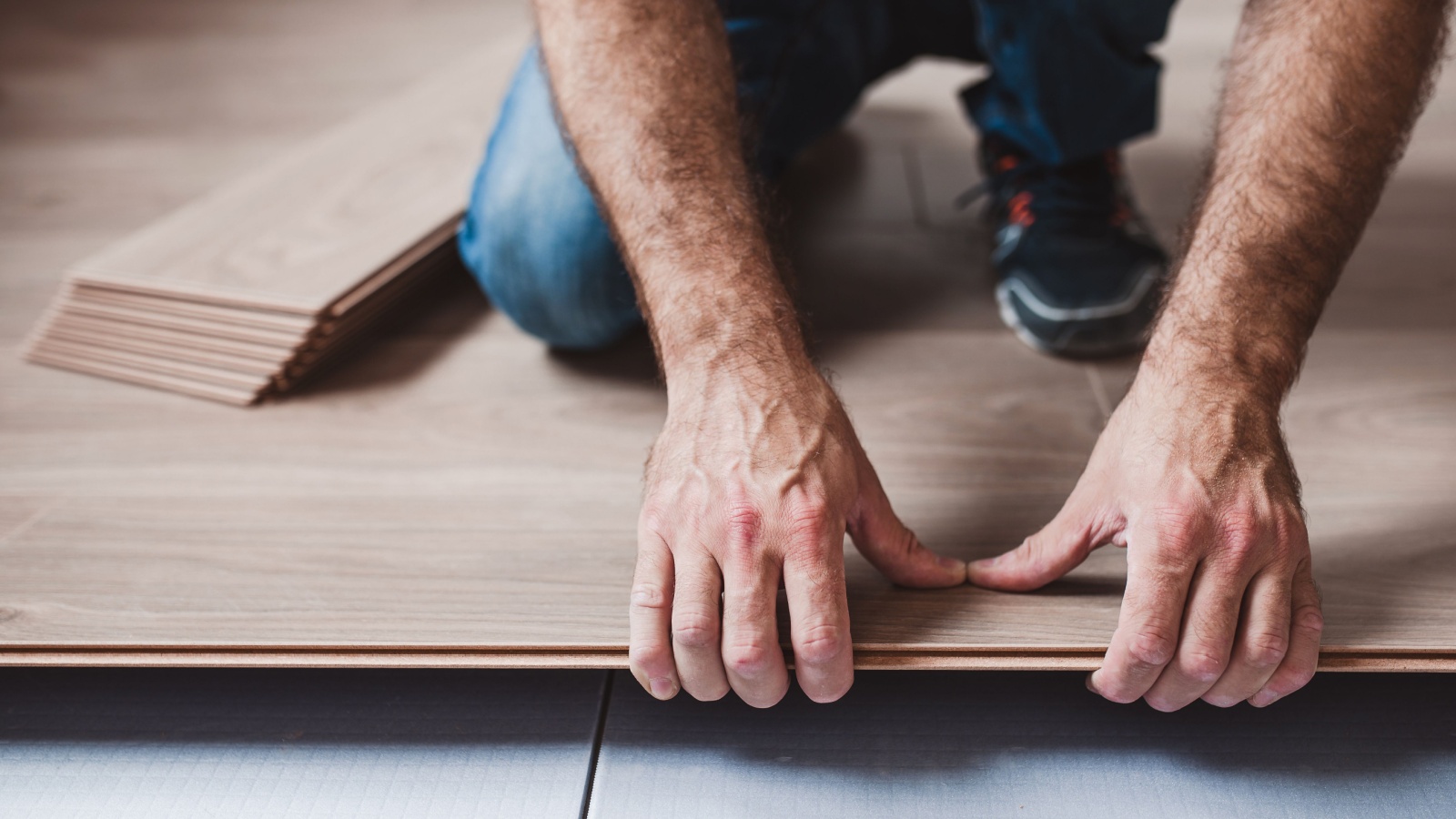
You can create a hidden storage space in the floor, such as under floorboards or inside a crawlspace. This is a secure way to store valuable or important items. Use waterproof and pest-proof containers to protect the supplies from damage.
10. Inside PVC Pipes
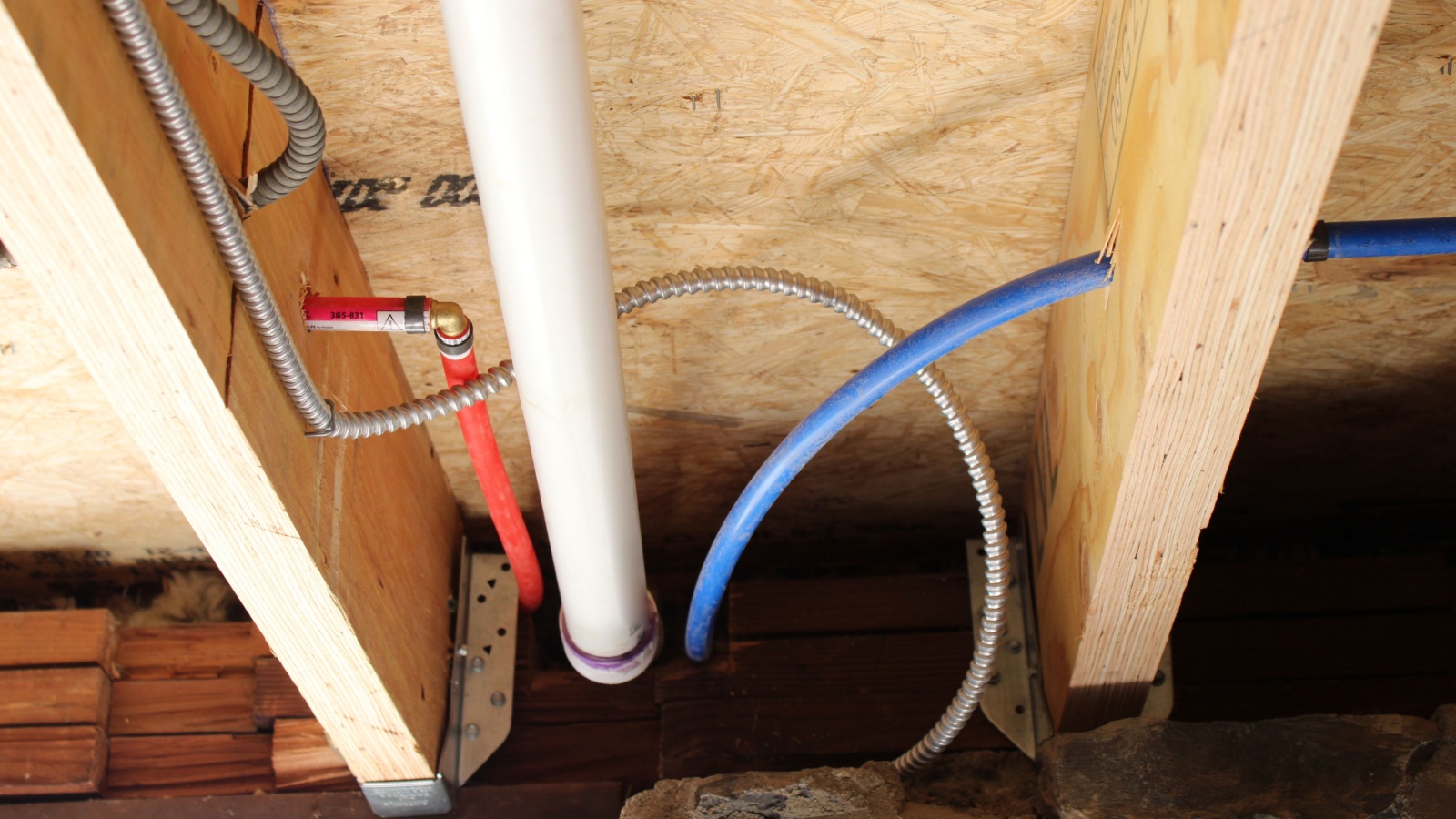
Large PVC pipes can be sealed and hidden in various places like the attic, garage, or basement. They are waterproof and can protect supplies from the elements. Label the pipes with contents and dates to keep track of what’s stored inside.
11. In the Back of Closets
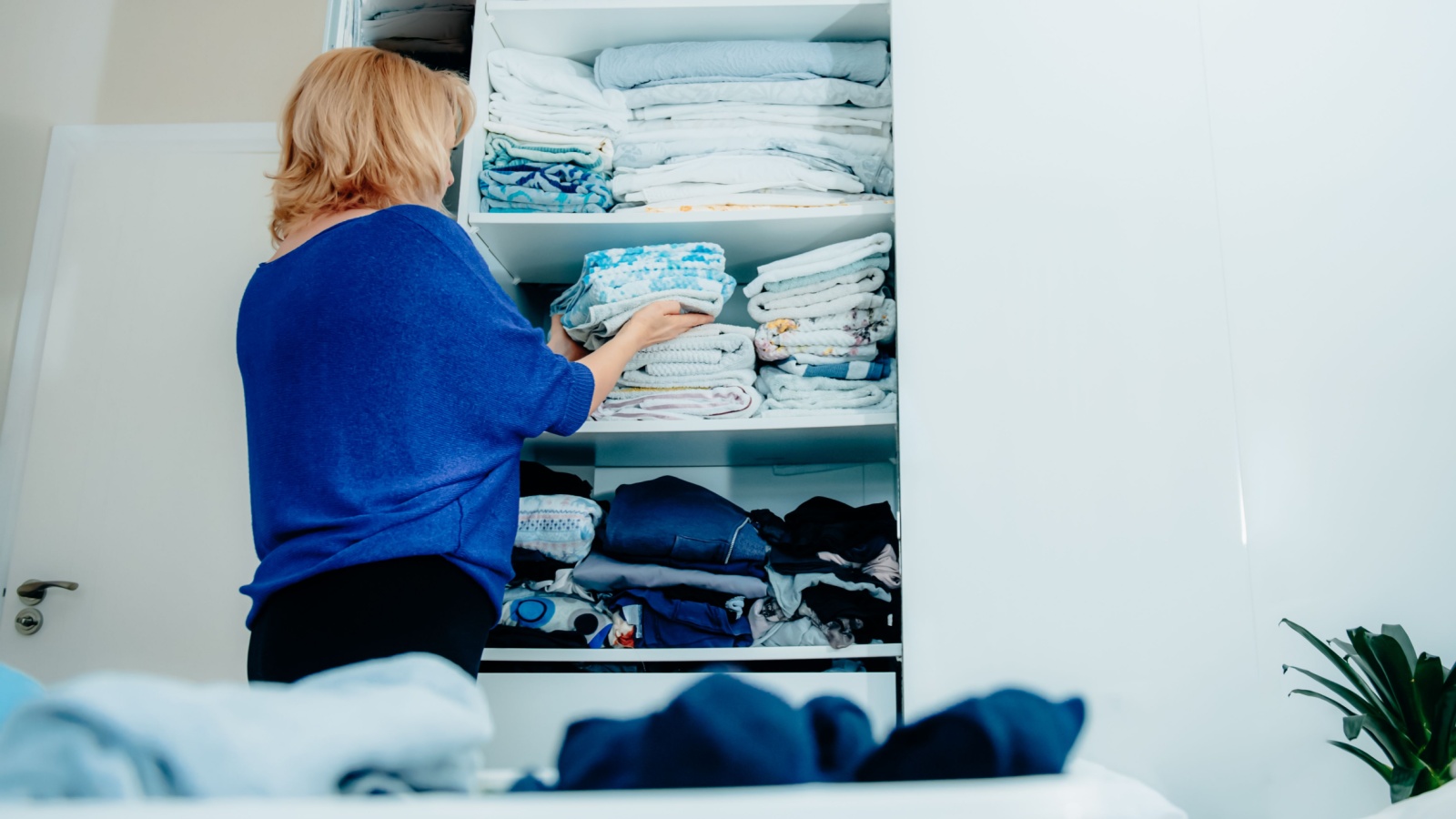
The back of closets is often underused and can store supplies without taking up much-needed space. Use stackable bins to make the most of this area. Keep the heaviest items at the bottom for stability and safety.
12. Inside a Wall Safe
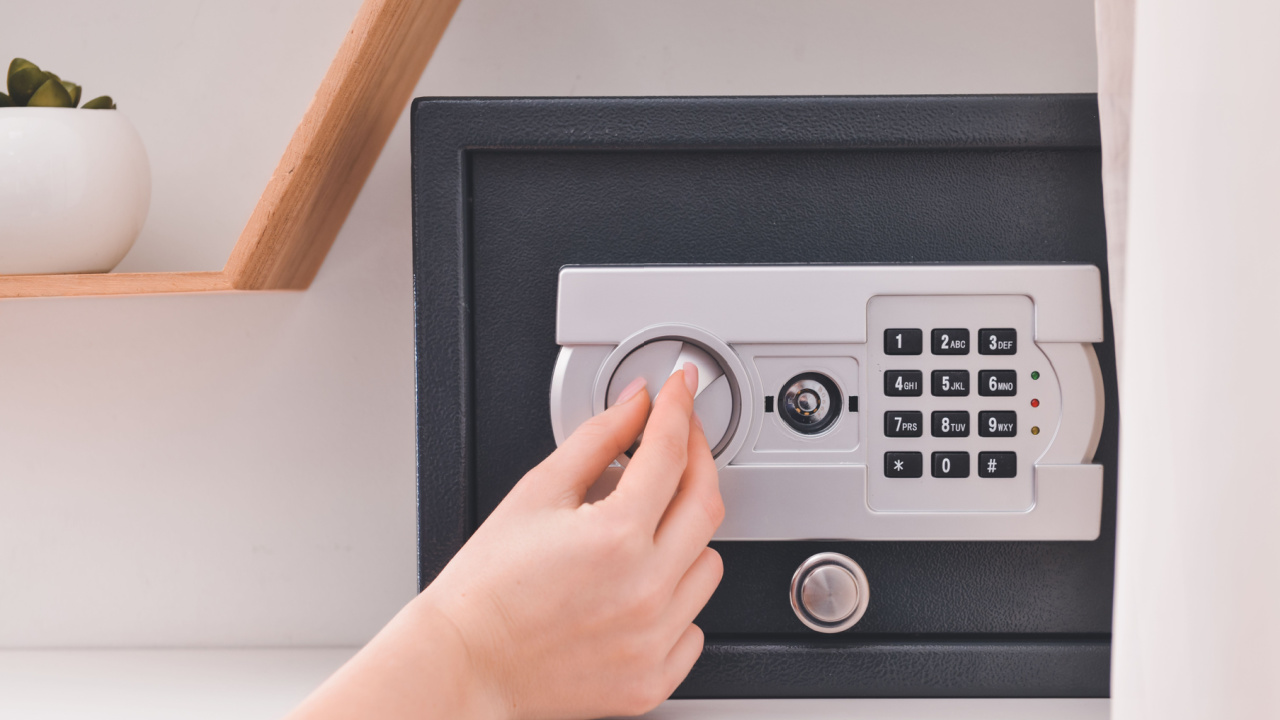
A wall safe can provide secure storage for important documents, money, and other valuables. Install it in a hidden spot behind a picture or a piece of furniture. Choose a fireproof and waterproof model for extra protection.
13. In Outdoor Sheds
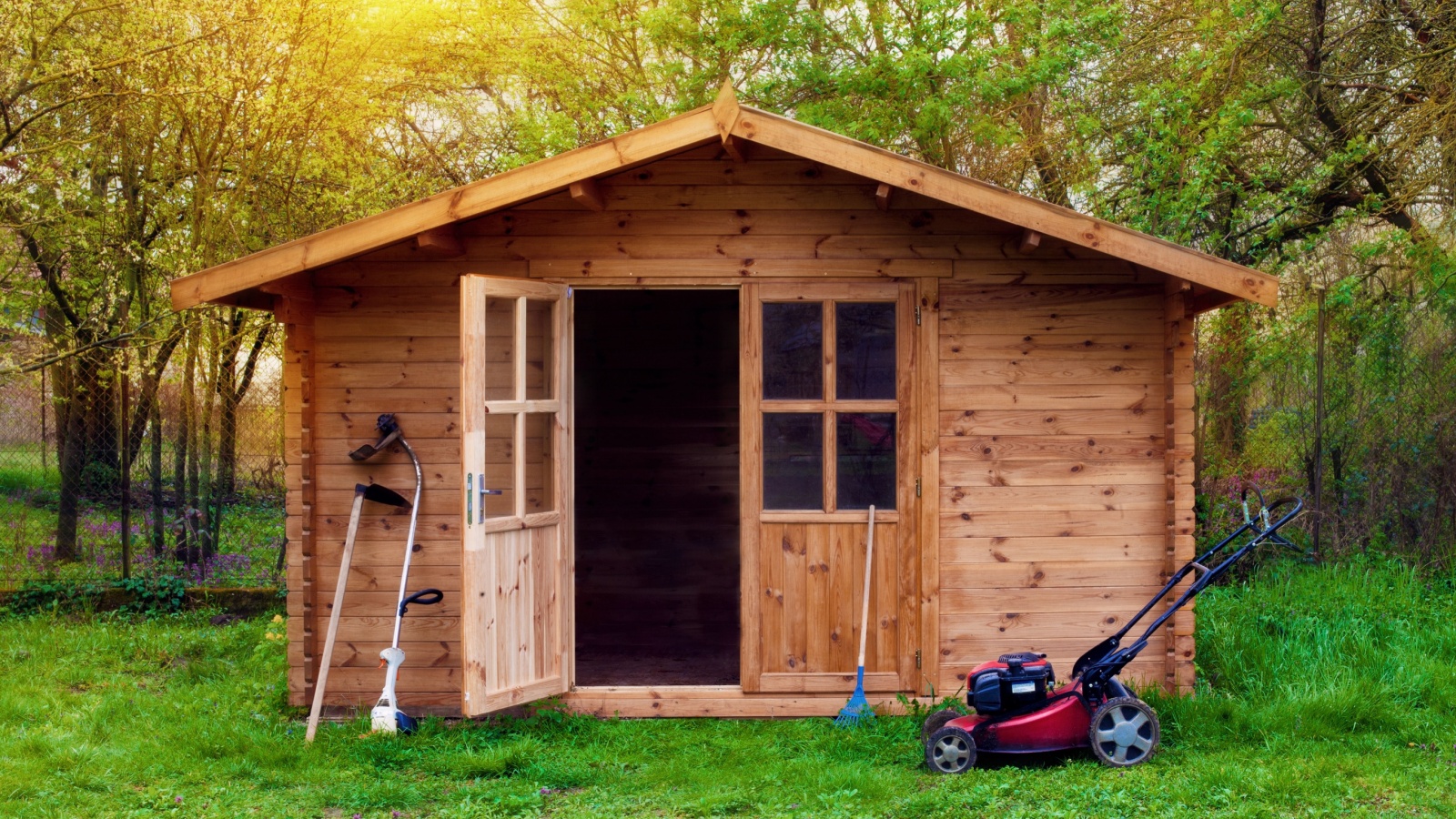
If you have an outdoor shed, it can store larger supplies like fuel, tools, and bulk food. Make sure it’s secure and weatherproof to protect your supplies. Regularly inspect the shed for signs of leaks or pests to ensure the supplies stay safe.
14. Under Stairs
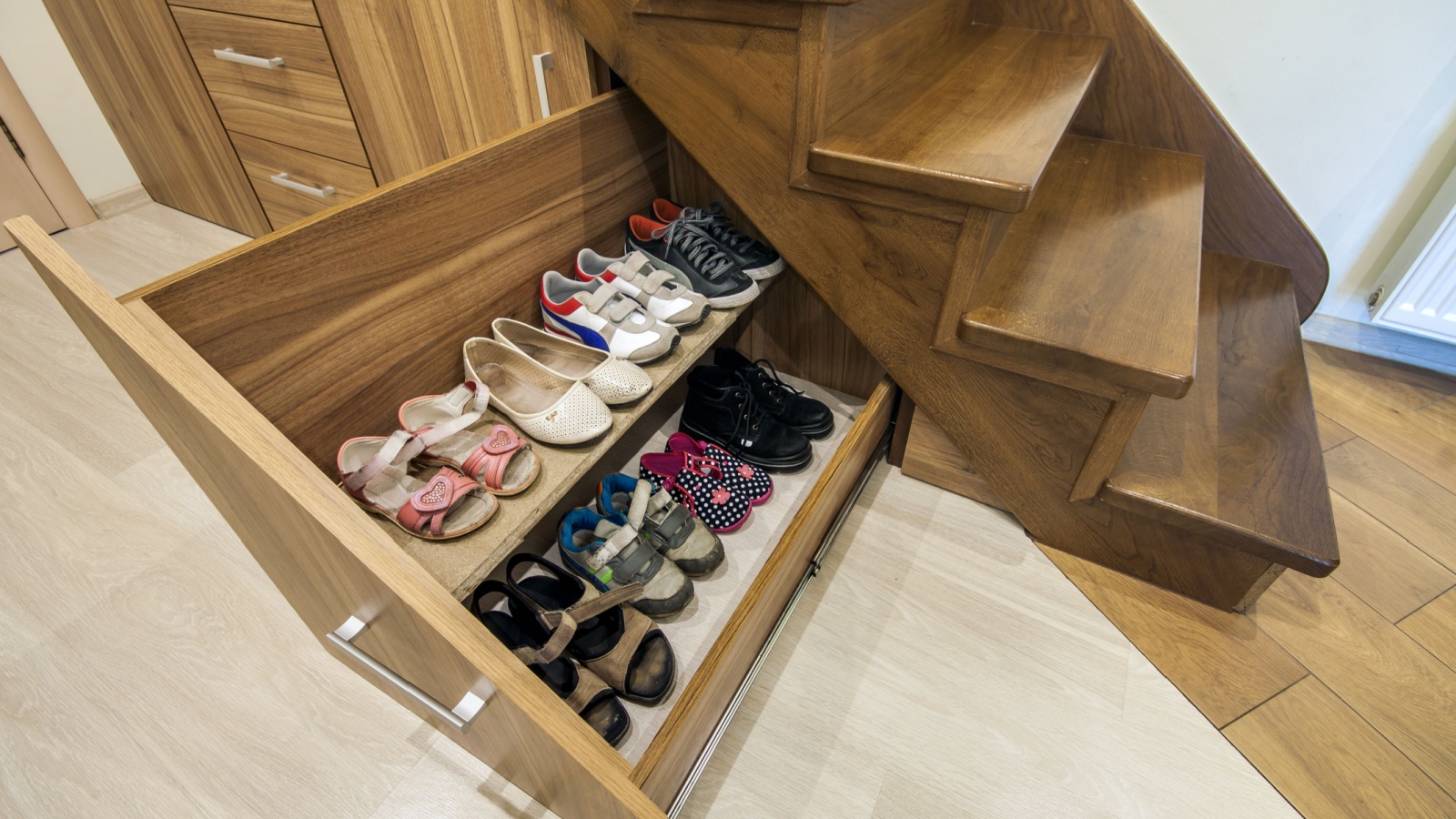
The space under stairs is often wasted but can be converted into storage for emergency supplies. Build shelves or use bins to organize the space efficiently. Install a lockable door to keep the supplies secure and out of sight.
15. In Ceiling Panels
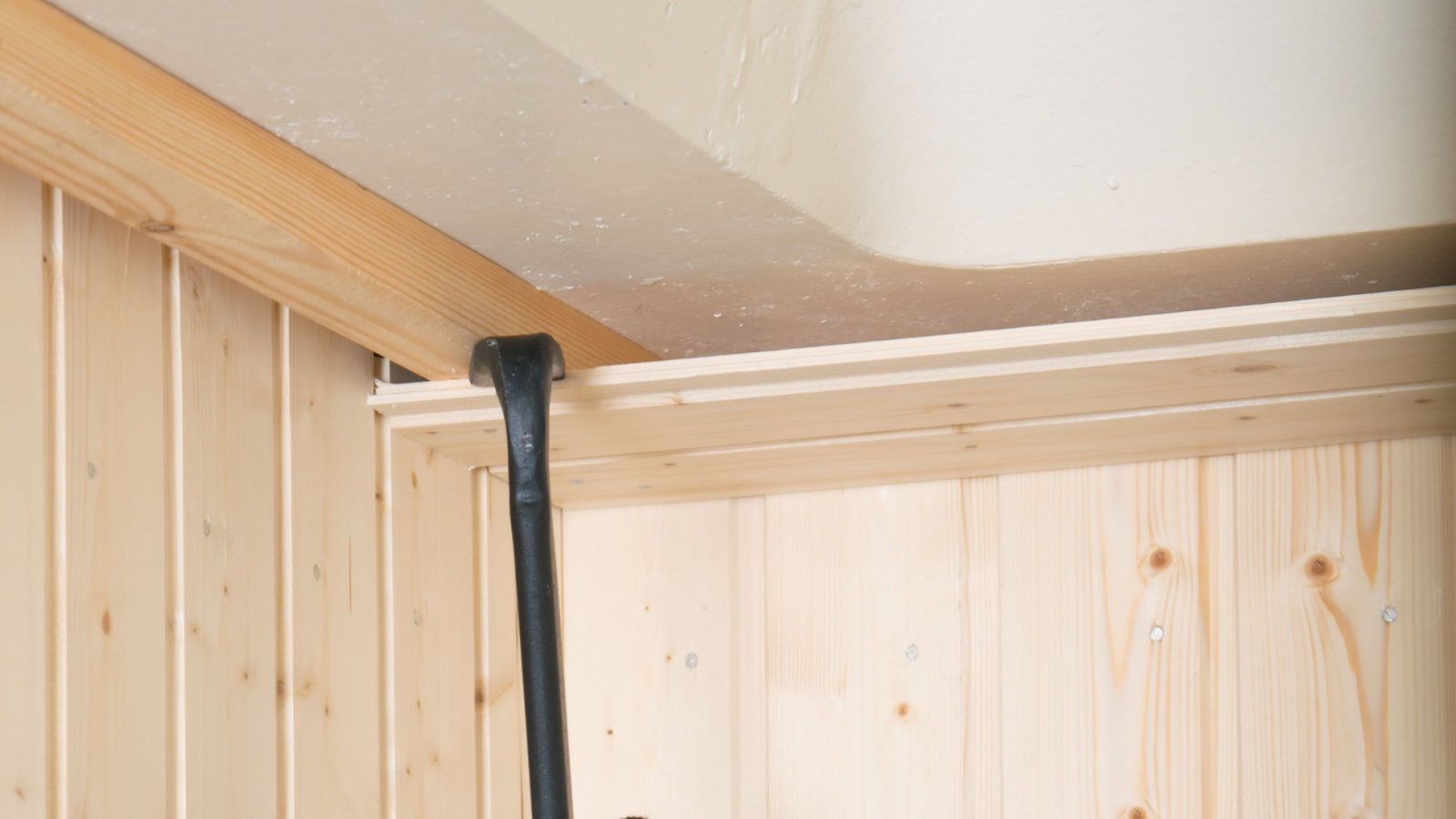
Drop ceilings or removable ceiling panels can hide supplies out of sight. This spot is secure and unlikely to be discovered by others. Use sturdy containers to prevent items from falling and label each panel for easy access.
20 Crucial Supplies for Surviving a Societal Collapse

In the face of uncertainty, being well-prepared gives you at least some degree of control and security. The thought of a societal collapse, while extreme, prompts us to consider how we might endure without the conveniences of our current lifestyle. Here’s a list of 20 essential items that could prove indispensable in such a scenario. This guide isn’t about succumbing to fear but embracing preparedness and resilience.
14 Essential Canned Goods for Your Emergency Pantry
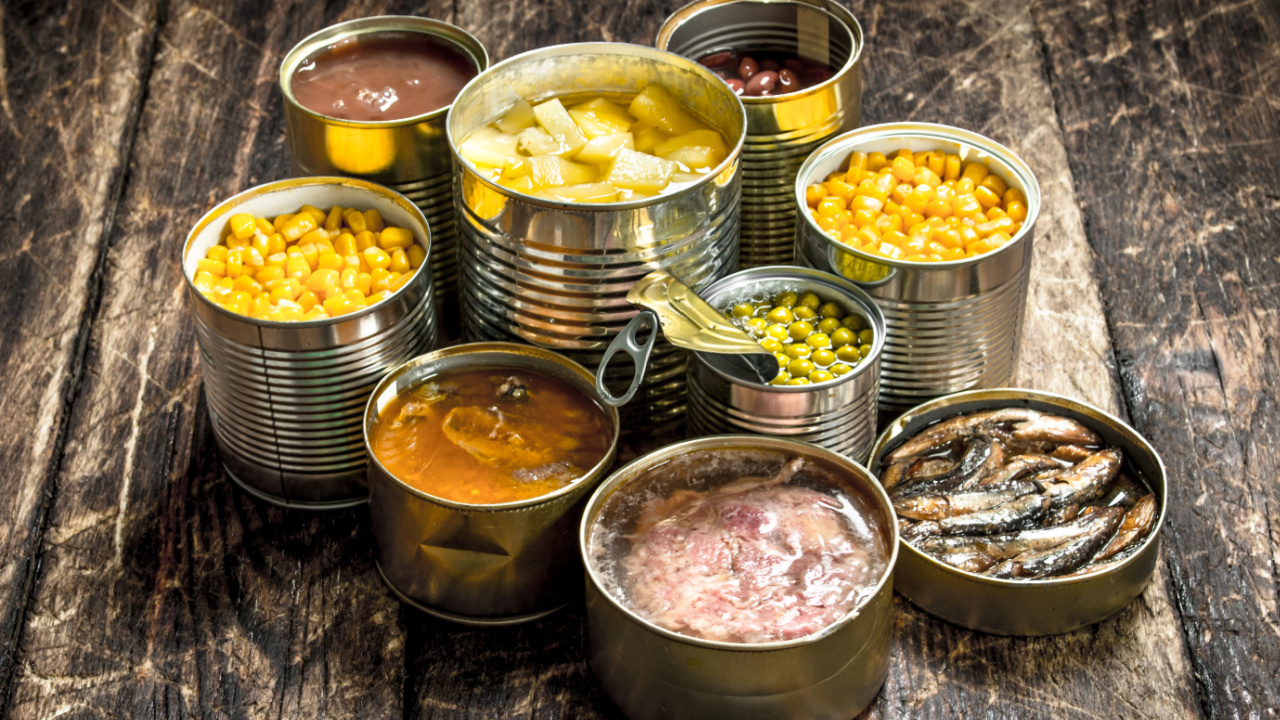
I firmly believe in keeping a well-stocked emergency pantry. While fresh food is ideal, in a survival situation, we may not be that lucky. So, for my family, even though we grow a lot of our own food, canned goods play a crucial role in emergency preparedness. They offer a reliable source of nutrition when access to fresh produce may be limited. The goods you stockpile should be affordable, easy to store, and full of nutrition.
Best Regions in the U.S. to Escape to When Society Collapses

Choosing a refuge in the event of societal collapse involves weighing the pros and cons of each location against your personal preparedness goals and abilities. Whether you’re drawn to the solitude of the desert or the protective heights of the mountains, the key is finding a place that offers safety and the opportunity for growth and renewal.

